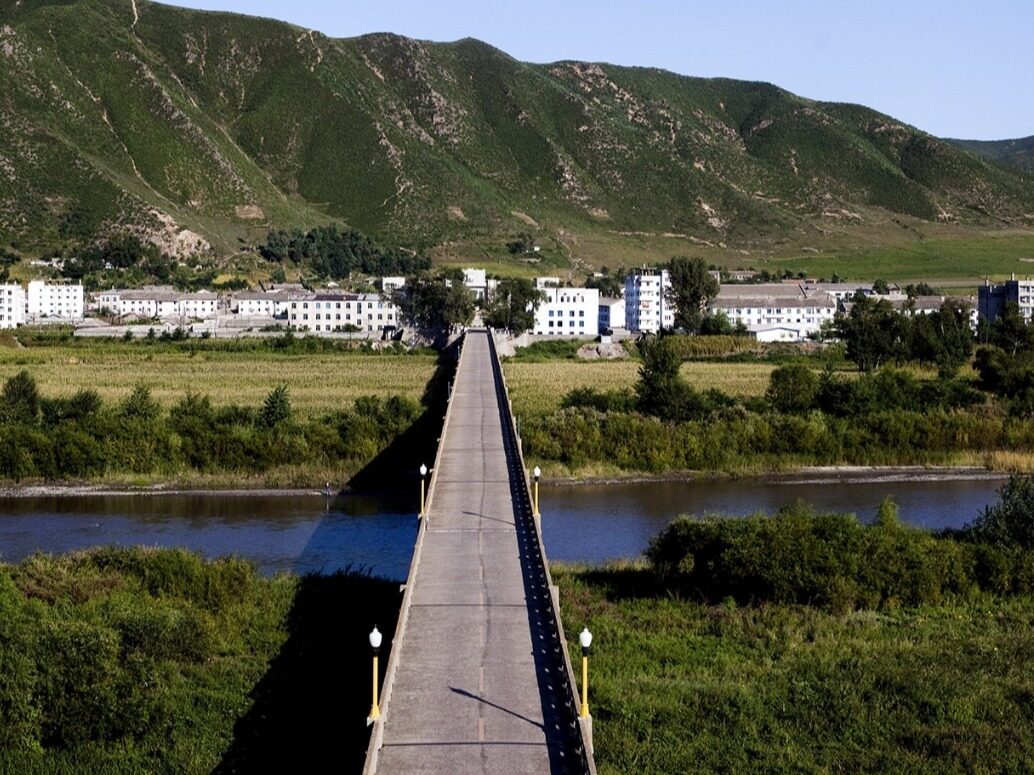- This project not only improves the local ecological environment and the production and living conditions of the people
Shaanxi Province, especially Yulin City in the north, is facing severe desertification and desertification problems. According to the sixth monitoring survey report on desertification and desertified land in Shaanxi Province, there are a total of 51300 acres of mobile sandy land in the province, of which 47700 acres are occupied by Yulin City, accounting for a high proportion of 92.9%. These mobile sandy areas are mainly distributed in six counties (cities, districts) including Yuyang District, Hengshan District, Shenmu City, Dingbian County, Jingbian County, and Jia County, which have caused serious impacts on the local ecological environment and the production and life of the people.

In order to effectively address this challenge, Shaanxi Province has launched comprehensive management of mobile sandy land and formulated a detailed action plan. This plan covers multiple key actions, including comprehensive management of mobile and semi fixed sandy areas, upgrading and transformation of locked edge forest and grassland belts, ecological restoration of mines, construction of farmland protective forest nets, and comprehensive management of soil erosion. These measures aim to gradually fix and reduce mobile sandy land and improve the regional ecological environment through various means such as afforestation, vegetation restoration, and ecological restoration.
In Yulin City, governance work has been fully launched. Each work area has simultaneously launched afforestation work, and the majority of cadres, volunteers, and engineering teams have actively participated in this action. They planted sand willows, camphor pine, sand cypress and other plants before and after the sand dunes, fixed the sand dunes with wheat straw (sand willows) grid sand barriers, and planted other tree species inside or between the sand barriers to increase the coverage of forest and grass vegetation. These measures effectively blocked the movement of quicksand, promoted the fixation of sand and the restoration of vegetation. (This article is from the official website of Jian Dao: www.seetao.com. Reproduction without permission is prohibited, otherwise it will be prosecuted. Please indicate Jian Dao website+original link when reprinting.) Jian Dao website mechanical column editor/Zhou Yingwen
Comment
 Praise
Praise
 Collect
Collect
 Comment
Comment
 Search
Search














Write something~